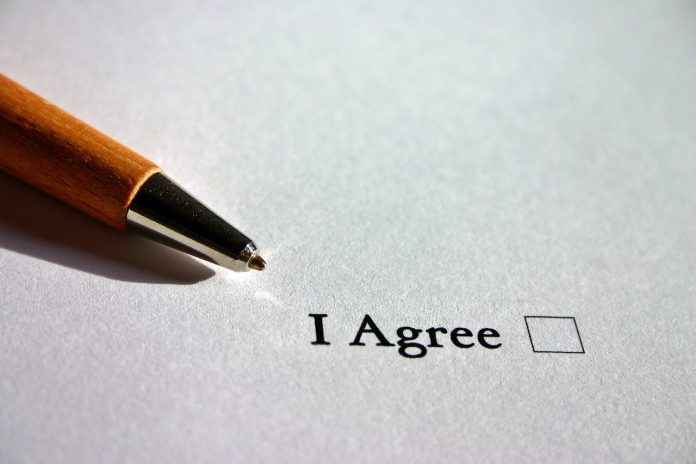How Long Should You Keep Subscribers Who Aren’t Engaging with Your Emails?
As your email list grows, not every subscriber will stay engaged forever. Some will lose interest, change email addresses, or simply stop opening your messages. The big question is: how long should you keep inactive subscribers before removing or suppressing them?
Ignoring this question can lead to declining performance, deliverability issues, and even spam complaints. In this post, we’ll explain how to manage disengaged subscribers — and when it’s time to let them go.
Why Inactive Subscribers Are a Problem
At first glance, it might seem harmless to keep disengaged contacts on your list. But continuing to send emails to subscribers who no longer engage can have serious consequences:
- Poor deliverability: Email providers monitor engagement to decide whether to deliver your emails to the inbox or the spam folder. Low engagement signals can reduce inbox placement.
- Lower campaign performance: Inactive contacts dilute your open and click rates, skewing your reporting and making it harder to measure true performance.
- Increased spam complaints: People who haven’t interacted in months are more likely to mark your email as spam, especially if they’ve forgotten they subscribed.
- Wasted resources: If you’re paying for subscribers or email sends, keeping inactive users can inflate your costs with no return.
A clean list is a healthy list.
What Counts as “Inactive”?
Before removing anyone, you need a clear definition of inactivity. Typically, a subscriber is considered inactive if they haven’t:
- Opened an email
- Clicked a link
- Converted (e.g. made a purchase or signed up for a webinar)
- Interacted with your website or app
for a defined period of time.
However, with privacy changes like Apple Mail Privacy Protection (MPP), open data isn’t always reliable. Consider including clicks and website behavior in your engagement criteria if your tools support it.
How Long Should You Wait?
The ideal length of time to keep an inactive subscriber depends on your sending frequency:
| Email Frequency | Suggested Inactivity Cutoff |
|---|---|
| Daily emails | 60–90 days |
| Weekly emails | 90–120 days |
| Monthly emails | 120–180 days |
For example, if you send weekly emails and a subscriber hasn’t opened or clicked anything in the last 90 to 120 days, they are a good candidate for removal or suppression.
Step 1: Try a Re-Engagement Campaign First
Before removing someone from your list, give them a final chance to re-engage.
A typical re-engagement campaign includes:
- A reminder of what they signed up for
- A summary of the value you offer
- A special incentive (discount, exclusive content, etc.)
- A clear call-to-action (e.g., “Stay subscribed” or “Update your preferences”)
Example subject lines:
- “Still interested in hearing from us?”
- “Let’s stay connected — or say goodbye”
- “We miss you — here’s 10% off your next order”
Subscribers who click or respond should stay on your list. Those who don’t? It’s time to part ways.
Step 2: Suppress or Remove Inactive Users
After your re-engagement campaign, you have two options:
- Suppress them: Stop emailing them but keep them in your CRM or platform for future segmentation or analysis.
- Delete them: Completely remove them from your list and database.
Suppression is often safer, especially if you want to avoid re-acquiring the same contacts later through paid campaigns or referrals.
Step 3: Maintain a Regular List Hygiene Process
Set a reminder to clean your list every 3–6 months. Consistent hygiene keeps your engagement high and your sender reputation strong.
Use automation to:
- Track engagement over time
- Automatically tag or suppress inactive users
- Trigger re-engagement campaigns
Most email marketing platforms — such as Email Blaster — offer built-in tools to make this process easier.
Final Thoughts
Email marketing is about building relationships. If someone no longer wants to hear from you, that’s okay. Letting go of inactive subscribers doesn’t mean failure — it means focusing on the people who do want to engage.
By removing or suppressing inactive users after a reasonable period (typically 60–180 days), you protect your sender reputation, improve campaign performance, and maintain a healthy list that delivers results.
Focus on quality, not just quantity. A smaller, engaged list always outperforms a large, unresponsive one.


